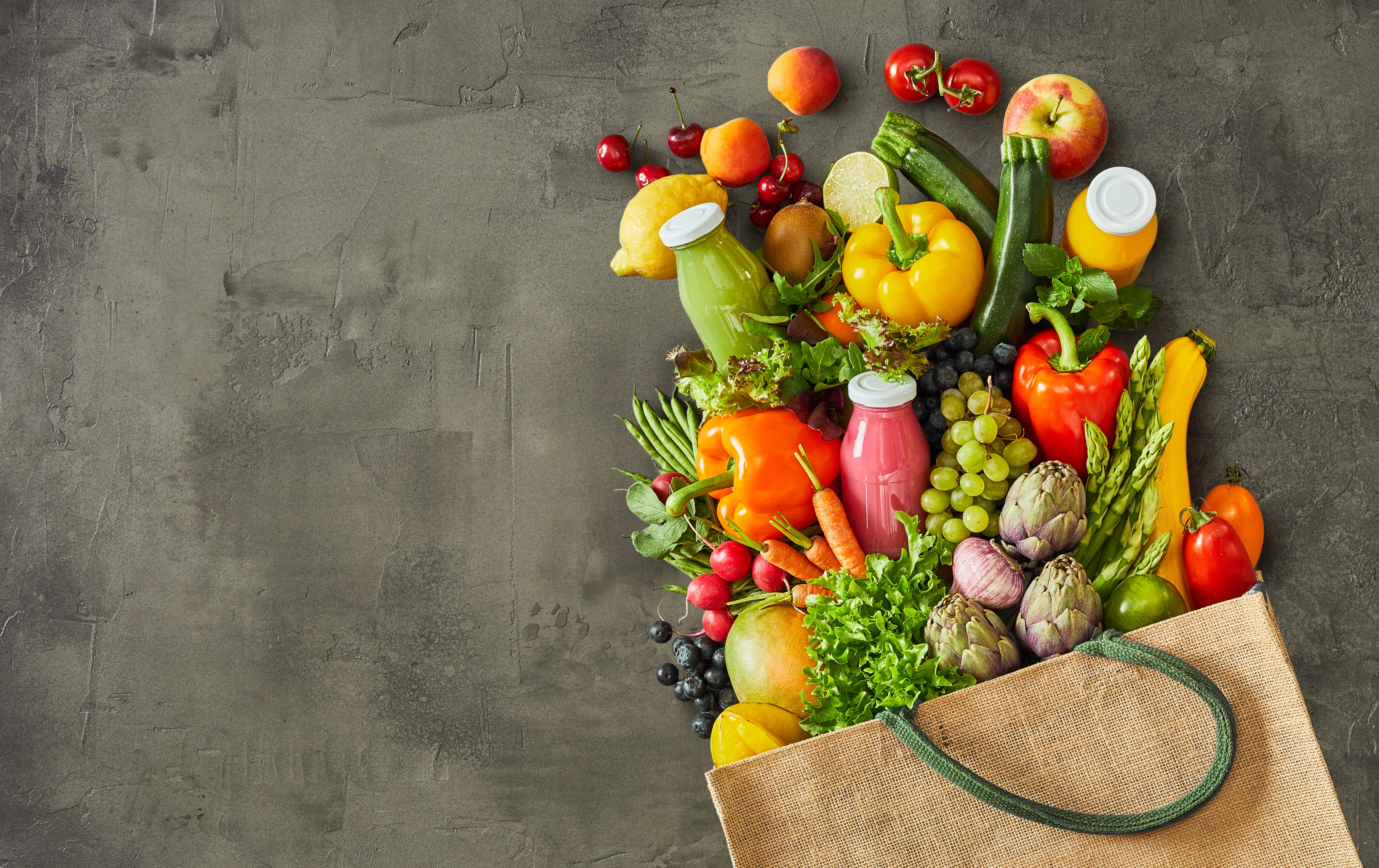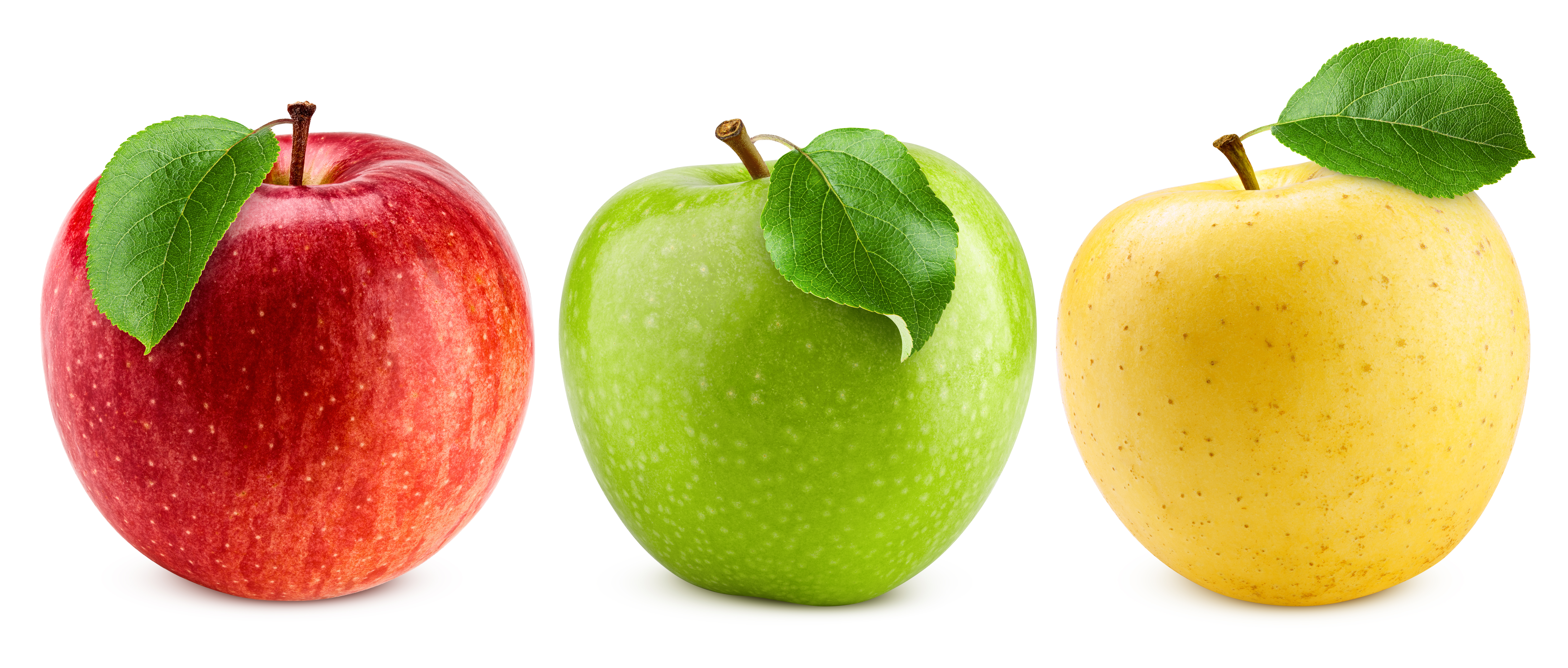2020 was about adapting to the changing needs and switching to a grocery retail model that could meet the demands of surging online orders. In any other industry, the surge would have been a cause to celebrate. But not in grocery.
Margins are already at the bare minimum. Add in the low average order value (AoV), and the windfall is not as rosy as it seems. That’s why 2021was about innovating and embracing tech to reduce manual processes, and surpass customer demands to unlock profits.
Technology drives efficiencies in dark stores
Grocery retailers redesigned their strategy to keep up with growing demand. They either converted regular stores into dark stores or set up micro-fulfillment centers, both of which exclusively cater to online customers.
Dark stores make order fulfillment simpler, reduce logistics costs by 10% to 30%, and, most importantly, lend faster delivery capabilities. That’s why funding has been pouring in for the model around the world. DoorDash invested in Flink. Carrefour in Cajoo. Swiggy opened InstaMart. Grab launched GrabSupermarket.
Time, customers, and perishables wait for none
Dark stores work. Undoubtedly.
According to Dunzo, a hyperlocal delivery firm, a fulfillment center can process around 200 orders an hour. But with customers demanding deliveries as quick as 15 to 18 minutes, online grocers need to do more than fulfill orders round the clock. They need to include technology that can provide:
-
Faster inspections with assured quality
Here’s an example of how technology optimizes processes and enables faster inspections. AI automates quality assessment. So, dark store assistants don’t waste time in evaluating each fruit or vegetable. The technology measures the quality of produce in bin or crates on the hour, every hour.
When it detects an item below your quality and freshness criteria standard, it alerts the staff, who can then remove the defective produce. This ensures that every fulfillment bin has the best quality at all times. That reduces the staff’s job to simply picking up a fruit and vegetable and adding it to the order cart.
-
Objectivity & consistency brings customer stickiness
If optimization for speed is important, then delivery of fresh produce is essential because it is key to retaining customers.
Computer vision ensures that every order reaches every customer in its prime. Unlike the human eye, which is subjective and can suffer from fatigue or experience, computer vision measures fruit and vegetables objectively. It guarantees that every item that leaves the dark store surpasses the quality standard.
Take a meal kit delivery service, for instance. A crucial factor for them is size consistency. Every kale leaf or apple slice packed must be of equal size. Tech achieves this uniformity and it reaches this standardization with reduced labor dependence.
-
More automation leads to faster delivery times
To be truly effective, dark stores need to automate wherever possible. Dunzo says by combining human function with tech, they are able to complete more than 500-600 orders an hour and cut down processing time to as little as a minute. Now imagine how much faster processes would become with further automation like a sorting or packaging machine that bags produce.
-
Better analytics lead to less waste
Perishables have a limited shelf-life, which is why most grocery stores waste a considerable portion of their inventory. ReFED estimates that 30% of food waste in grocery stores goes to landfills.
Investing in a temperature-controlled environment is one way to combat this waste. Another is data-driven analytics. Granular insights can tell you which SKUs should be utilized for that day’s delivery before they become unusable.
By taking the guesswork out, waste is reduced and profits increased. It can also give a clearer picture of which vendors provide what grade of quality in which dark store, opening up conversations on price.
No room for error in e-grocery
Online grocery providers work with a double-edged sword. On one end, rejections leave a poor customer experience, leading to attrition. On the other, customer returns cost the business. eGrocers have to bear the price of the refund, knowing that reselling the items is not a possibility. With thin margins and competitive pressure, this dual impact can be crushing.
That’s where technological adoption comes in. Simple tools like an automated quality monitoring solution that melds AI, computer vision, and analytics can eliminate dark store shrink, providing returns from day one. Moreover, tech doesn’t tire or suffer from fatigue, augmenting human capacity, ensuring absolute consistency in quality delivered to every customer.
Dark stores have proven a reliable strategy for online grocery providers. But to be truly effective, they need a technological facelift. Here’s how an AI-powered automated quality monitoring solution optimizes operations.






